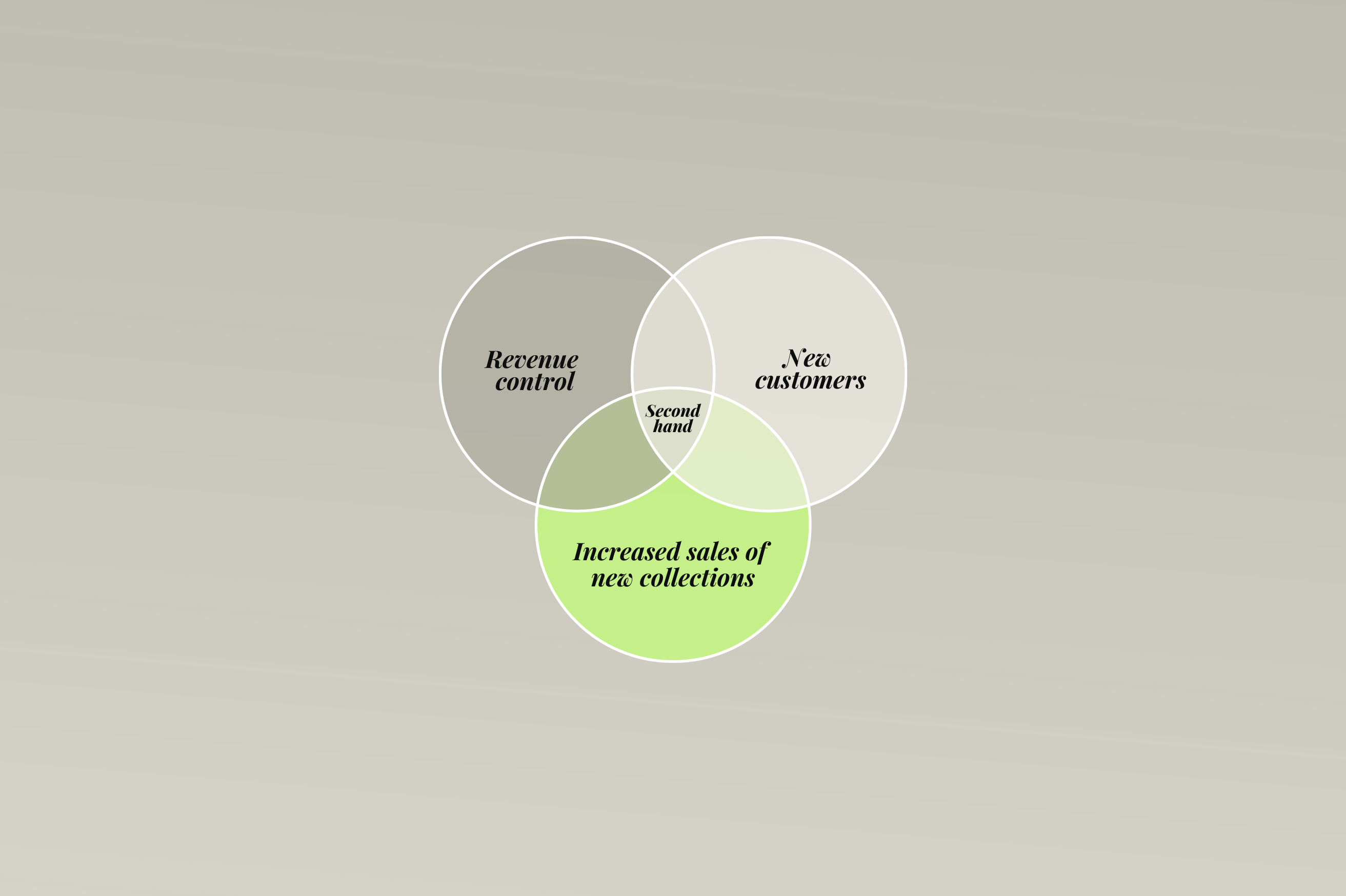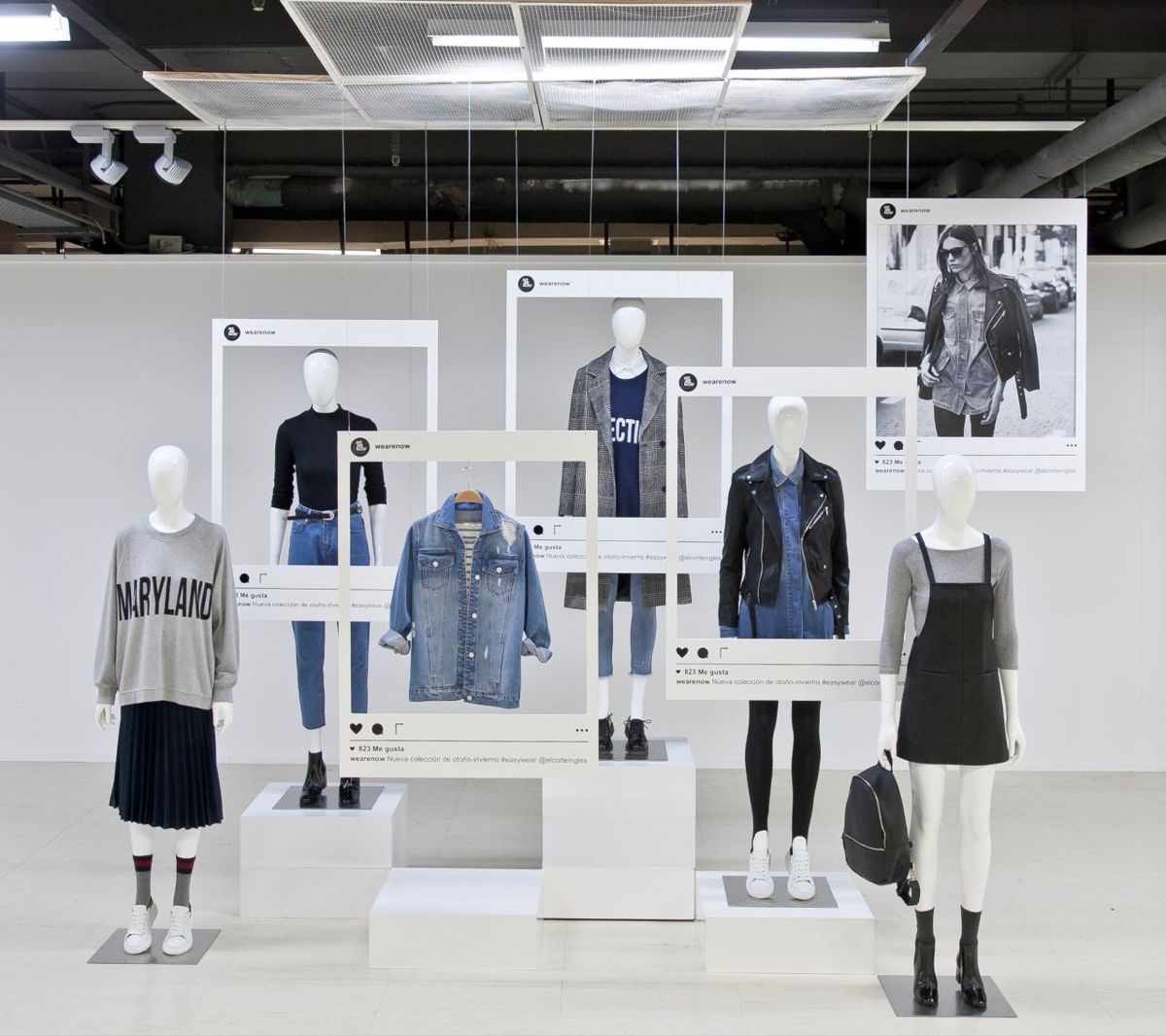How to launch a secondhand offering without operational complexity?

As demand for more responsible fashion grows, brands must adapt. Once considered a niche market, secondhand fashion has become a true growth driver.
But how can brands integrate this offering without adding operational complexity? Between logistics, quality management, and customer experience, launching a secondhand service can seem daunting. However, solutions exist to simplify the process and turn it into a strategic asset.
Why Is Integrating Secondhand Now Essential?
A Booming market
The global secondhand market is experiencing rapid growth:
• It is projected to reach 350 billion dollars by 2030 (Boston Consulting Group).
• It is growing three times faster than fast fashion (ThredUp, 2023).
• Seventy percent of consumers under 35 already purchase secondhand items (Statista).
Secondhand fashion is no longer just an economic alternative—it has become a conscious and desirable choice.

Consumers seeking purpose
Younger generations are driving this shift:
• Sixty-five percent of young consumers say a brand’s environmental impact influences their purchases (BCG).
• Eighty-two percent of secondhand buyers do so to reduce their carbon footprint (ThredUp).
• A secondhand garment emits 82 percent less CO₂ than a new one (Ellen MacArthur Foundation).
Brands must respond to these expectations or risk being overtaken by specialized players like Vinted, Vestiaire Collective, or The RealReal.
Launching a secondhand offering: key challenges
Logistics Complexity
Secondhand fashion requires managing both incoming (collection) and outgoing (resale) product flows while ensuring smooth inventory management.
Solution: Outsource this part to specialized partners to simplify returns and shipments.
Authentication and quality control
Customers expect secondhand items to be in good condition and aligned with their expectations. Fear of counterfeit luxury products is also a concern.
Solution: Implement verification and refurbishment processes to ensure product quality.
Technology Integration
A secondhand offering must be seamlessly integrated with existing e-commerce tools such as ERP, CRM, and CMS.
Solution: Use a SaaS platform to manage resale without disrupting current systems.
Customer experience
Consumers expect a smooth and convenient experience comparable to buying new.
Solution: Optimize digital journeys, offer in-store trade-in options, and introduce attractive incentives.
How to Integrate Secondhand Without Complexity?
Building a circular logistics system
Brands can set up in-store collection points or offer an online return service.
Example: Aigle provides in-store repairs to extend product life before resale.
Automating inventory and pricing management
AI-powered tools help optimize pricing for pre-owned items based on condition and demand.
Example: Zalando Pre-Owned dynamically adjusts prices to maximize sales and prevent deadstock.

Offering an incentive-based trade-in program
Brands can encourage customers to return old garments in exchange for store credit or discounts.
Example: Patagonia Worn Wear gives customers discounts for bringing back used Patagonia items.
Partnering with a Specialized Provider
Rather than managing the entire process internally, brands can outsource their secondhand operations to industry experts.
Faume, for instance, partners with brands like Sandro, Claudie Pierlot, and Vanessa Bruno to create streamlined resale platforms without adding operational burdens.
Inspiring Initiatives from Around the World
Faume: Simplifying Secondhand for Brands
Faume helps brands structure their secondhand offerings by managing:
• Collection and resale processes
• Logistics integration and e-commerce connectivity
• Customer experience optimization with engaging incentives
Example: Faume helped Maison 123 increase its revenue by five percent in just one year through secondhand fashion.
Levi’s Secondhand
Levi’s launched a platform where customers can buy certified, restored vintage jeans, catering to eco-conscious fashion lovers.
Coach (Re)Loved
Luxury brand Coach refurbishes vintage bags and resells them as exclusive capsule collections, blending heritage with circularity.
Mud Jeans: A Circular Model Revolution
This Dutch brand offers a jeans leasing model, encouraging reuse and recycling instead of overproduction.
The Benefits for Brands
Strengthening Customer Loyalty
Consumers feel more engaged with brands that promote circularity.
Key insights:
• Sixty-seven percent of customers who engage in a brand’s secondhand program return for new purchases (BCG).
• Eighty percent of consumers expect brands to make stronger sustainability commitments (McKinsey, 2023).
Generating new revenue streams
Contrary to common belief, secondhand boosts, rather than cannibalizes, sales of new products.
Example: The integration of a secondhand service by COS led to a 12 percent increase in average basket size among regular customers.
Reducing Environmental Impact
Every resold garment prevents waste and reduces pollution.
Key insights:
• A single secondhand piece saves 22 kilograms of CO₂ on average (ThredUp).
• By 2030, secondhand fashion could prevent 300 million tons of CO₂ emissions.

Conclusion: the future is circular
More than just a passing trend, secondhand fashion is a sustainable and profitable business model. Brands that embrace it strengthen customer relationships, optimize inventory, and reduce their environmental impact.
As Vivienne Westwood famously said:
Buy less, choose well, make it last.
Are you ready to transform your brand with a high-performing secondhand model without operational complexity?
Stay ahead of the game!
Sign up to FAUME's The Secondhand Review newsletter
Read inspiring stories from brands that have successfully launched their secondhand businesses with FAUME







